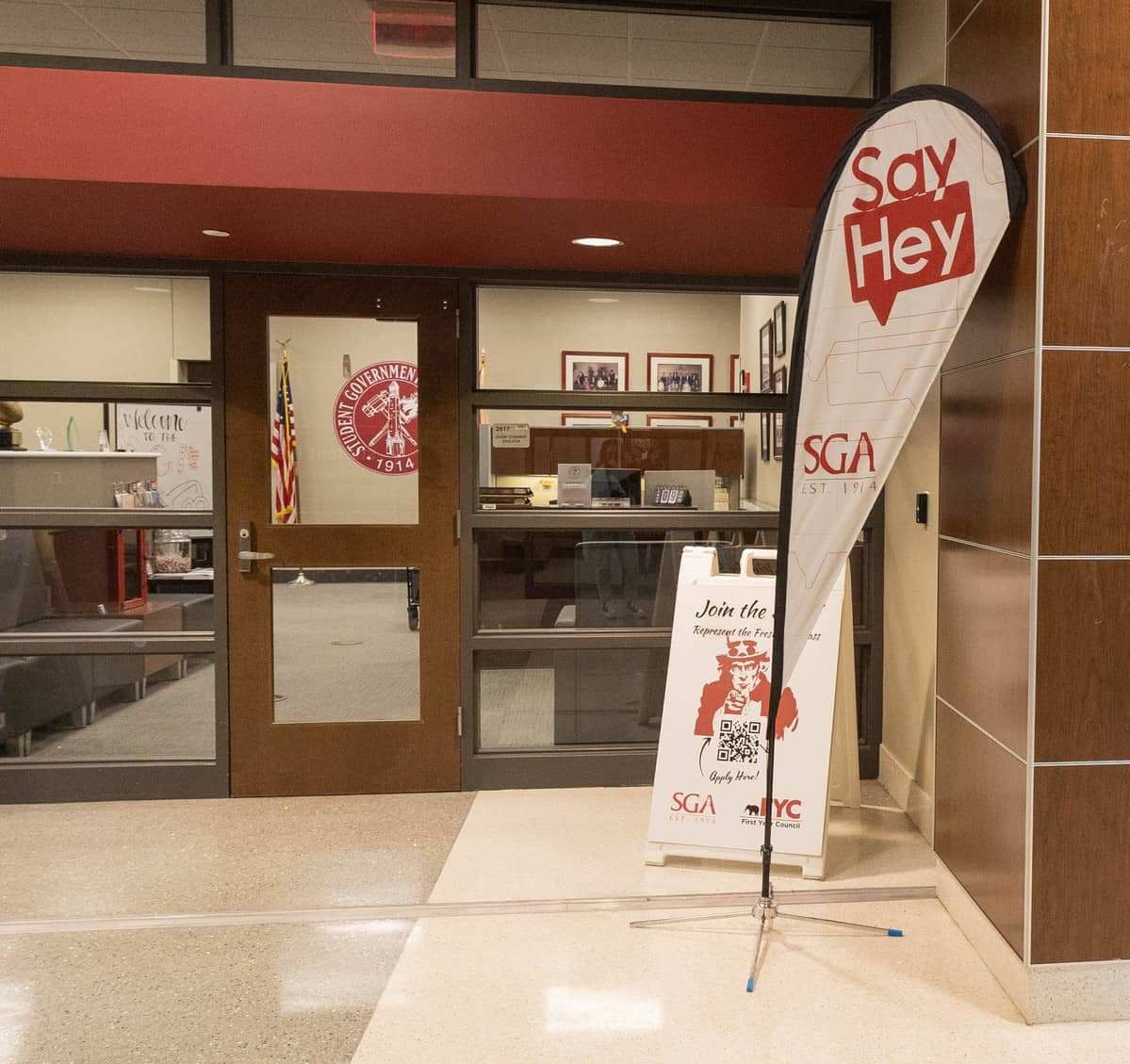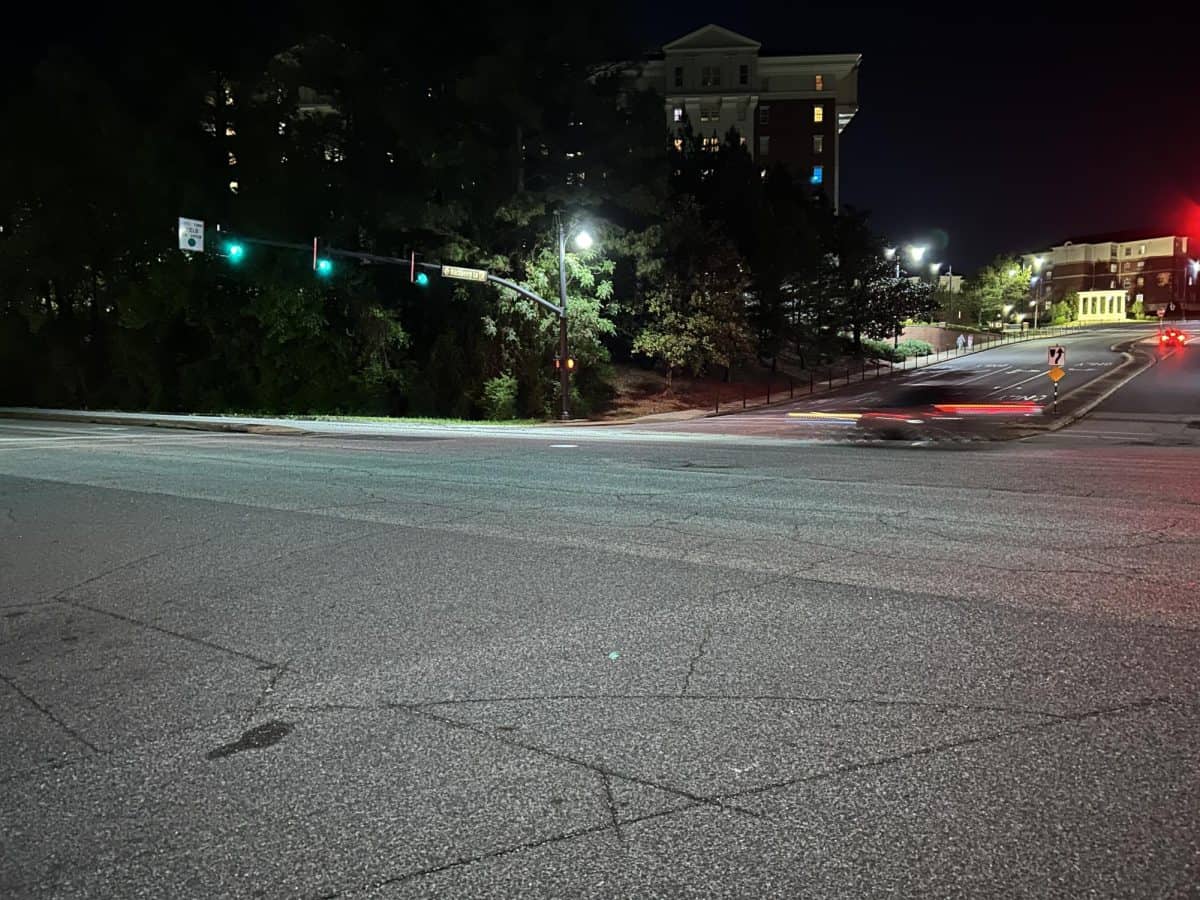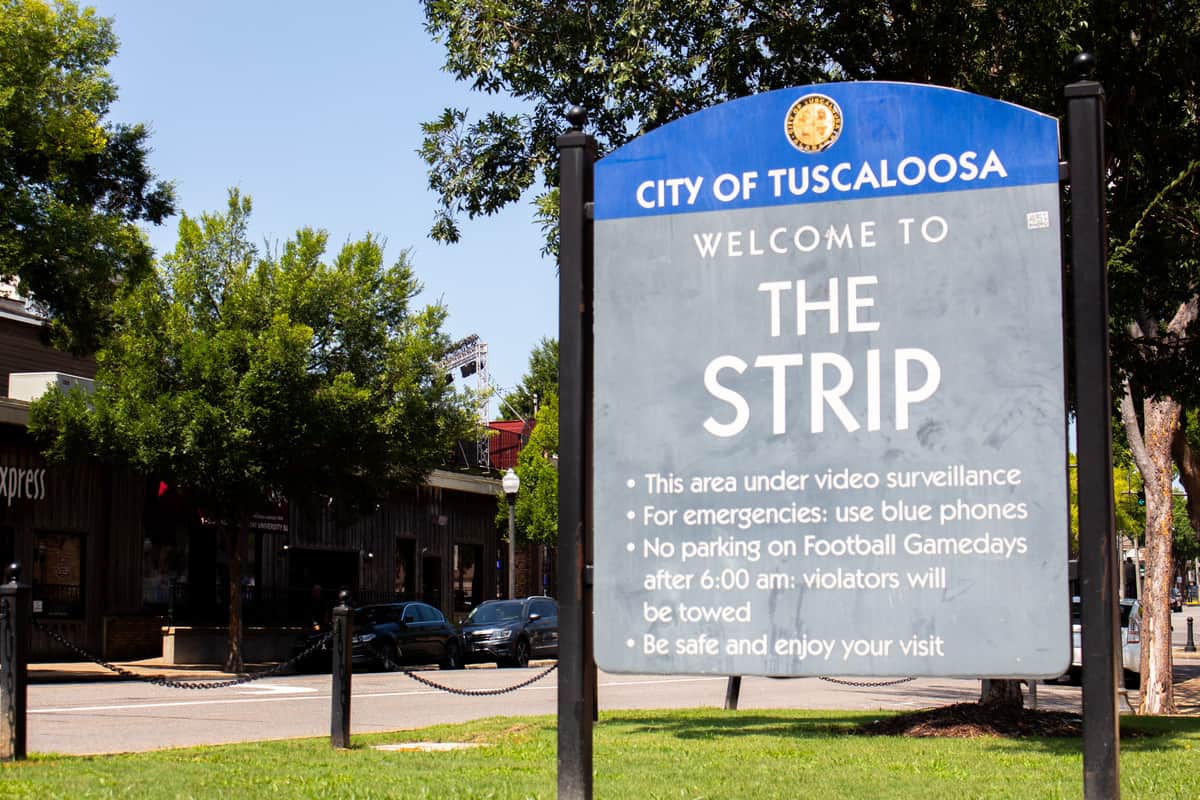The Tuscaloosa City Council is poised to approve several variance requests to floodway regulations in the coming days, which could speed up the recovery process for tornado-torn areas.
In the mid-1970s, the City of Tuscaloosa joined the Federal Emergency Management Agency’s National Flood Insurance Program, adopting federal regulations that reduce the risk of flood damage in determined flood zones as city ordinances in exchange for insurance coverage.
The ordinances required a map to be drawn, defining two separate areas within a determined floodplain: a flood fringe and a floodway. Within a flood fringe, a citizen can build at least one foot above the 100-year flood elevation, which varies by location and is a level reached by floodwaters every 100 years. Contrastingly, within a floodway, building is not allowed.
“If you want to build in a floodway and you think that the area has been mapped in error, you can appeal to the City Council, and the city will review the request and give recommendations to the council,” Joe Robinson, a Tuscaloosa engineer, said. “The original flood zone maps were drawn by FEMA, but some data that the maps were based on weren’t that accurate.”
When the April 27, 2011 tornado spun through Tuscaloosa, it damaged buildings and businesses around Crib Mill Creek tributary one and tributary seven — two major floodways in the city.
With owners unable to rebuild within the floodplain and a recent improvement to the city’s stormwater drainage network that reduced the chance of flood, Robinson’s office began working directly with local engineering company CFM Group to survey and map the updated areas.
“I was hired by CFM Group to look at tributary one, which stretches south from 15th Street around the Forest Lake area, and tributary seven, which lies within the Alberta area,” hydrologist Don Moore said. “Since the tornado, we have been in the process of coordinating and revising the existing Flood Insurance Rate Maps. I looked at the topography of the land, any unusual culverts or pipes that were damaged or at less than full flow capacity and determined where ponding, or water backup, was. The information was turned into a computer model, which was then converted onto a disc to make the flood plain maps and sent to FEMA.”
According to Moore, FEMA has already reviewed the maps for the two areas, sending back revision recommendations. CFM is close to resubmitting the revised map of tributary seven. Moore believes the resubmitted, revised map of tributary one should be under final review shortly.
“We do believe FEMA is satisfied,” Moore said. “I don’t want to say it is all wrapped up, but it should be close to completion.”
With only the proposed maps to work with, the City Council has already granted floodway variance requests for Gilda’s Salon and Spa, Patton Realty, Capital Growth-Burkhalter, East Gate Gallery and Alberta Baptist Church. Councilman Kip Tyner believes these approvals are only the beginning of many more to come.
“The approvals were not something that we went out on a limb with,” Tyner said. “We felt very confident in that FEMA would approve the revisions. It will greatly speed up the recovery process, and it’ll open up a lot more spaces for future developments, since many spaces thought to be in the floodplain are not.”
Robinson agrees, noting a bright future is in store for the city of Tuscaloosa.
“If the proposed maps do become effective, it will take many areas out of the floodway and open up many areas for the potential for rebuilding,” Robinson said.
Once FEMA approves the new maps, they will enact a 120-day public commentary period before the maps become effective.






